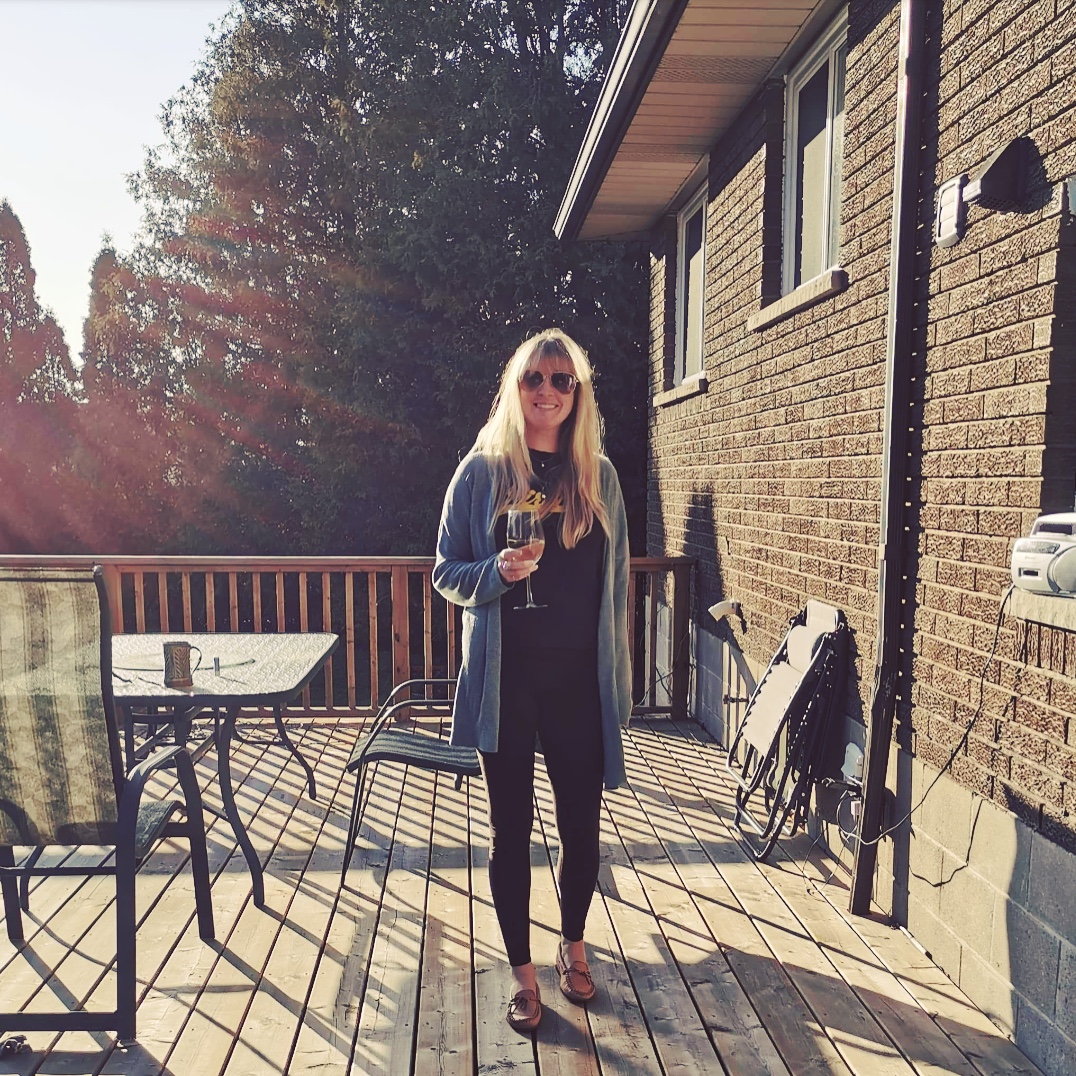Read at thespec.com.
“All day in PJs? This deal is for you,” reads the subject of an email in my junk folder.
I know that for many of you, working from home or simply being home in isolation is, for better or worse, a novelty, but as an expert in being a house-ridden bum, I want to warn you: Don’t stop getting dressed.
For the majority of people, the act of going to work provides them the incentive to take a shower, maybe shave or do their hair, put on some makeup and pick an outfit that they’ll feel good in and that’s appropriate for their workplace. Now, I understand that to the untrained eye, unwashed and dishevelled may look like the appropriate attire for home-based work, but this uniform quickly becomes problematic.
At this stage of the pandemic, you may still believe that getting dressed is something you’ve been forced to do to be socially accepted and not get arrested in public, but this, in my experience, is fallacious reasoning. Many people haven’t been given the opportunity to realize how important the appearance of self-care actually is to their self-care, until now.
Don’t get me wrong — I’m not saying you should put on a suit, walk down to your living room, and sit on the couch with your laptop for eight hours. I mean, unless you’re Barney Stinson, you’d probably rather wear something a little less restrictive.
But, don’t think that because nobody (except maybe your immediate family) can see you, the effort you put into your hygiene rituals and wardrobe has become pointless. Believe me, as a work-from-home writer, I can tell you that opting out of personal care and personal style can have a deteriorating effect on your self-worth.
Your self-worth is not something to play with right now.
Maintaining self-worth is more critical than ever while you’re stuck at home and possibly jobless for an indeterminate length of time.
Yes, I know the novelty value is real. I think I heard the collective sigh of elastic-waisted relaxation sometime in the latter half of March. But, trust me, wearing the same sweats over and over gets old — literally, and figuratively.
I’ll admit I was sliding into the trap last week. I was rotating through the same few sweaters and beginning to feel a bit directionless. I was running into blocks in my writing, and thinking of house projects I wanted to start but finding no motivation to start them. Familiar with the struggle, I washed my hair, changed my jewelry and put on clothing that was still comfortable, but also made me feel more put together and expressive. With a renewed sense of purpose, I started a new video media project that night. I’ve now been working and exercising in my backyard for the last couple of days and feeling much more capable.
I think too often the upkeep of physical appearance is confused with shallowness and vanity, but it’s biologically ingrained in us to value it. That’s not to say that people who genuinely cannot be bothered to cultivate a style or maintain their looks are less valuable people, but there’s nothing inherently negative in caring about one’s physical presence either.
I think this becomes apparent when a person is physically isolated from the world, and still finds satisfaction in taking a shower and getting dressed. I watched my friend through video chat put on a full face of makeup. I asked her why she was doing it — I mean, I’ve seen her without makeup plenty of times, so it certainly wasn’t for me — and her answer, in essence, was “why not?” It was something that made her feel good, feel more “herself,” and she just wanted to do it regardless of who would or wouldn’t see her face.
This is what I’m talking about. Don’t stop doing the things that make you feel like “you,” just because you’re at home, because when it comes down to it, if those rituals weren’t primarily for you in the first place, you wouldn’t do them for anybody else.
If you want to wear a dress and big, sparkly earrings, wear a dress and big, sparkly earrings. Hey, if you’re a Barney Stinson, go ahead and wear a suit to your home office. If the sweatpants-clad basement dweller is truly your spirit animal, then wear sweatpants. Whatever you choose to wear, don’t feel silly about it, because right now, your self-worth is critical.
So, what am I wearing right now, you ask? No, I’m not trying to get fresh with you, unless we’re referring to my fresh-from-the-closet blue-patterned shirt. It has a collar and everything.
